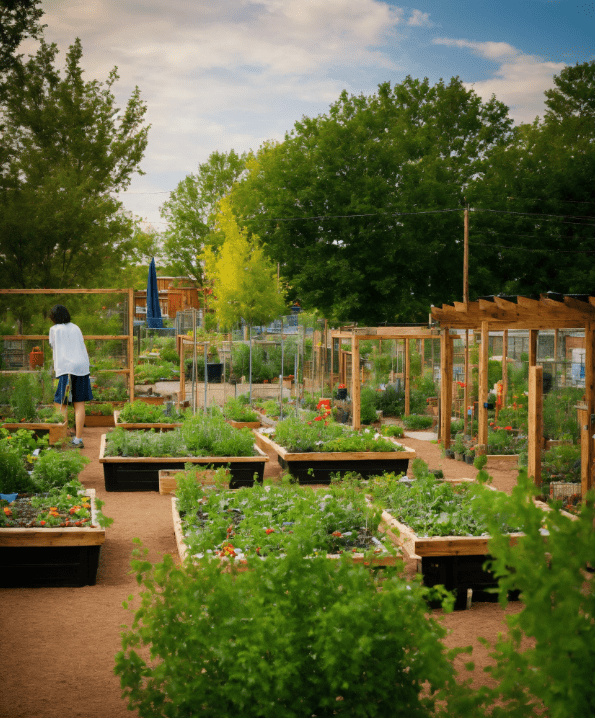Gardening is enjoyable all year, but knowing what to feed your plants during each season is essential for keeping your garden healthy and vibrant. Different seasons have different requirements, and with the appropriate fertilizers at the right time, your plants may grow regardless of the weather. Here’s a guide to help you figure out what your garden requires throughout the year.
Spring: Awakening Your Garden
Spring is a time for regeneration. As temperatures rise, plants emerge from their winter slumber and begin to develop again. This is the time to plant new seeds and provide your garden the nutrition it requires for speedy growth.
What to Feed:
- Nitrogen-Rich Fertilizers: Use a nitrogen-rich fertilizer in the spring to promote foliage development. Nitrogen is required for the development of green, leafy sections of plants, which allows them to photosynthesize more efficiently.
- Compost: Adding compost to your soil can provide plants with a delayed release of nutrients, improve soil structure, and promote healthy root development. Compost also adds organic matter to the soil, which helps it retain moisture.
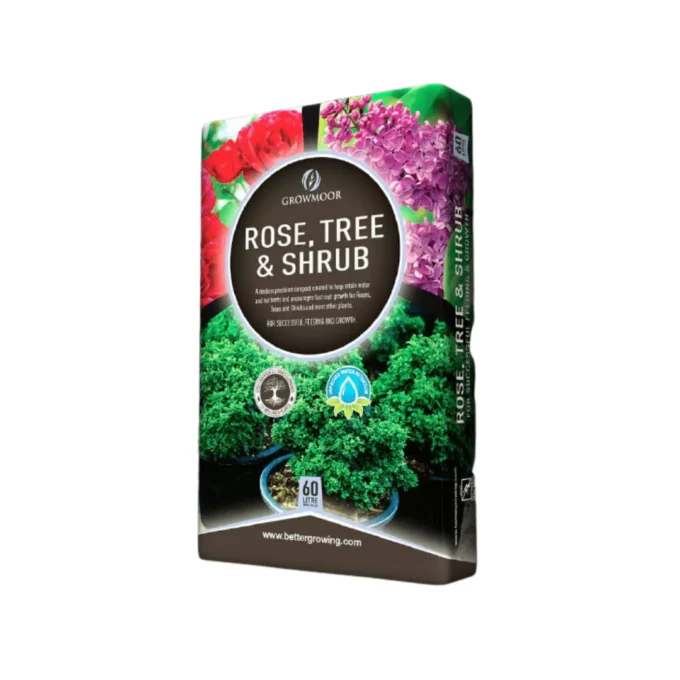
- Bone Meal: Bone meal is a good source of phosphorus for root vegetables and flowering plants, promoting root growth and blooming.
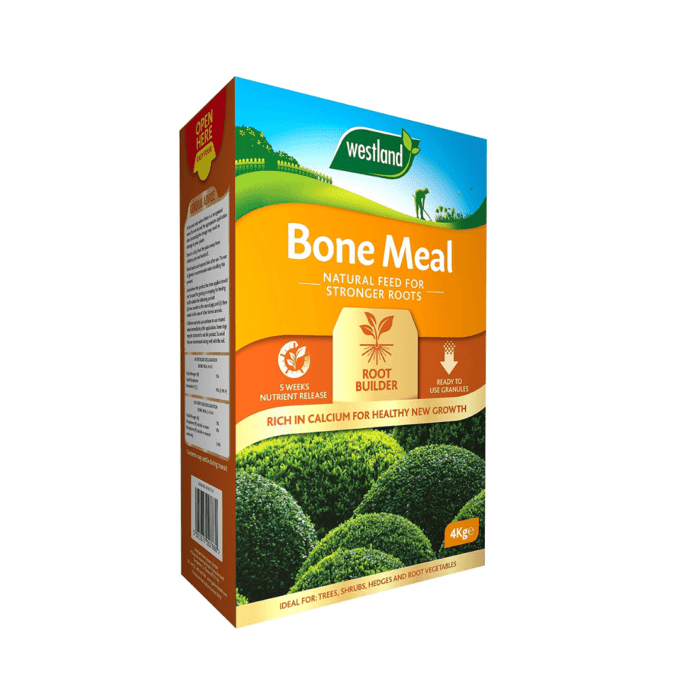
Tip: Make sure to water thoroughly after feeding your plants to help the nutrients reach the roots.
Summer: Sustaining Growth and Resilience
During the summer, plants are at maximum growth. They demand more water and a consistent supply of nutrients to continue flowering and fruiting.
What to Feed:
- Balanced Fertilizers: Use a balanced fertilizer (such as 10-10-10) to ensure an equal distribution of nitrogen, phosphorus, and potassium. This will improve overall plant health by promoting growth and the development of flowers and fruits.
- Liquid Seaweed or Fish Emulsion: These organic fertilizers provide a quick nutrient boost, especially during the peak of the summer when plants are producing many fruits and blooms. They also help plants become more resistant to stressors like heat and drought.
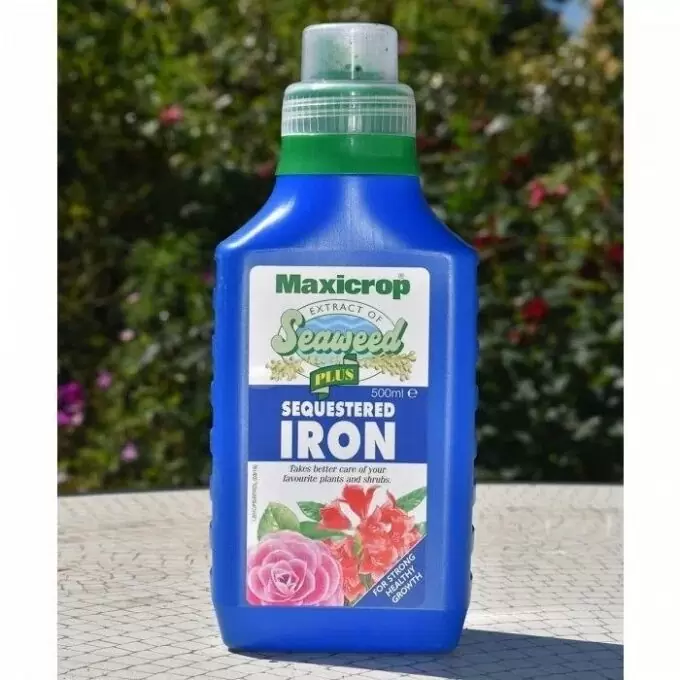
- Mulch: Mulch is not a food, but it can help retain moisture and keep roots cool during the hot summer months. Mulch also progressively decomposes, bringing nutrients into the soil.

Tip: Fertilize in the early morning or late afternoon to avoid the intense midday heat, which can cause nutrients to evaporate before they reach the roots.
Autumn: Preparing for Dormancy
As fall arrives, the growing season ends and plants prepare for the colder months. During this time, your focus should shift from promoting growth to preparing your plants for winter dormancy.
What to Feed:
- Low-Nitrogen Fertilizers: Use a fertilizer that contains less nitrogen and more potassium. Potassium strengthens cell walls, making plants more resistant to low temperatures.
- Phosphorus-Rich Fertilizers: Continue to use a phosphorus-rich fertilizer to promote root development, especially for perennials and bulbs that will overwinter underground.
- Organic Matter: Applying a layer of compost or well-rotted manure might improve the soil for the following growing season. Over the winter, the organic debris will break down, releasing nutrients gradually.
Tip: Avoid over-fertilizing in autumn, as excessive nutrients can encourage late-season growth that may not survive the first frost.
Winter: Protecting and Maintaining
Most plants slumber throughout the winter, but that doesn’t mean you should abandon your garden. While active feeding is minimal, there are still crucial things to do to ensure your plants are ready to thrive in the spring.
What to Feed:
- Mulch and Organic Matter: If you did not apply mulch in the fall, do it now. A thick coating of mulch or straw can shield plant roots from cold temperatures and reduce soil erosion.
- Slow-Release Fertilizers: For winter crops and hardy perennials, use a slow-release fertilizer that breaks down gradually over the colder months, delivering nutrients when the plants require them the most.
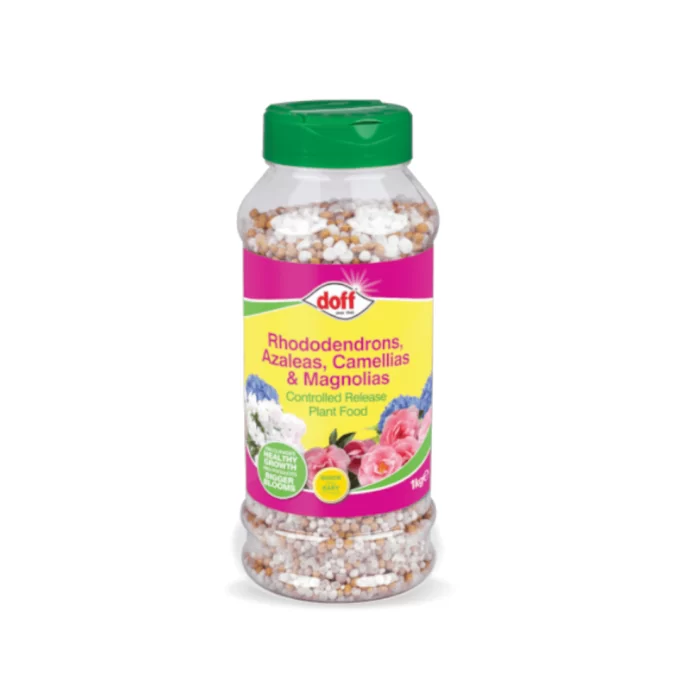
Tip: Keep an eye on winter vegetables and container plants, and if they show signs of nutrient deficiency, use a gentle liquid feed.
In Summary, feeding your plants based on the season is critical for a healthy, productive garden. By knowing and treating your plants’ individual needs throughout the year, you can keep your garden lush and alive from spring to winter. Remember that with a little forethought and the correct nutrients, you can have a thriving garden all year.
Happy gardening!

